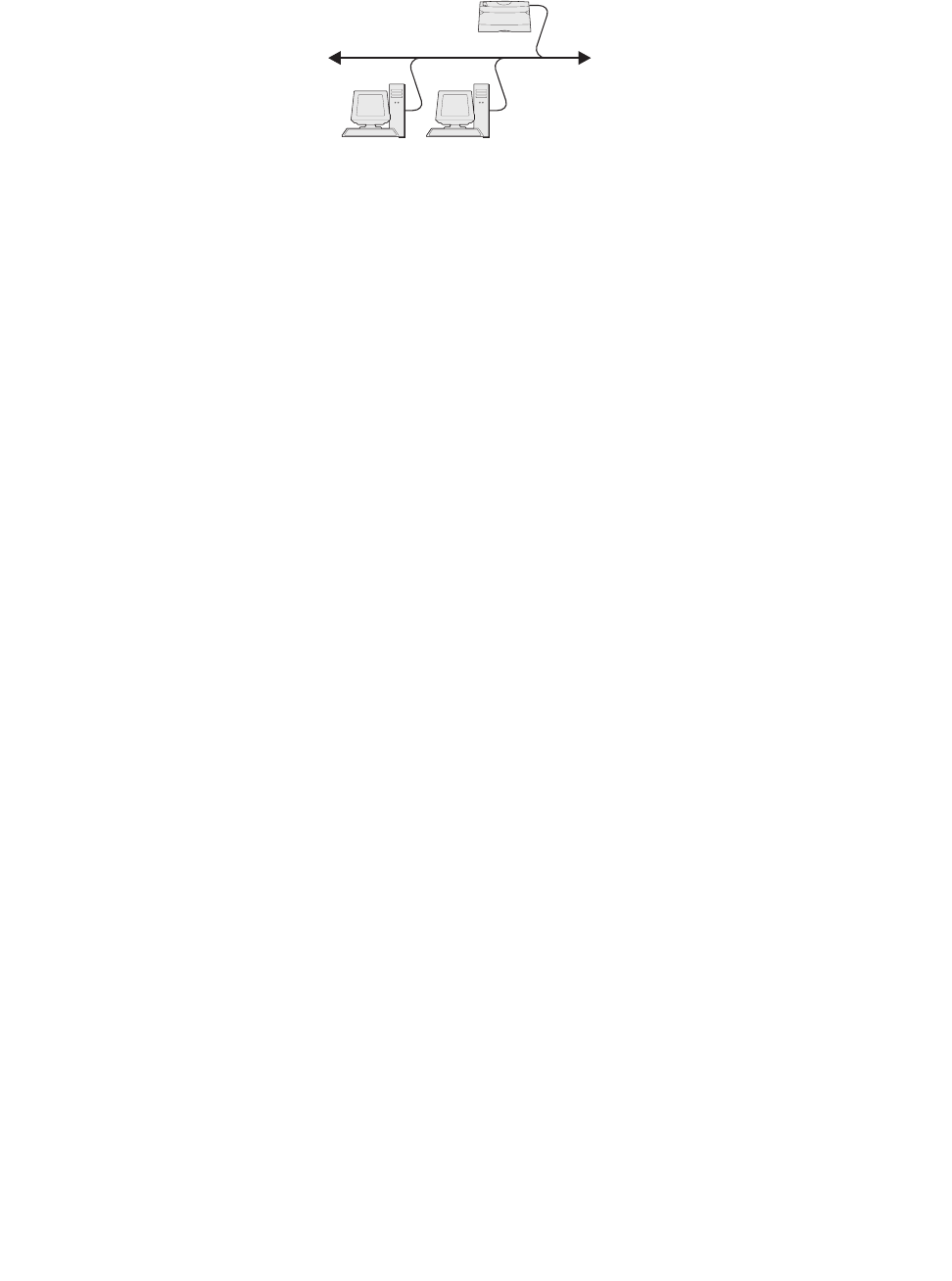
Software and network tasks
91
Direct printing using Windows 98SE/Me, Windows NT 4.0, Windows 2000,
Windows XP, and Windows Server 2003
To install a custom printer driver and network port:
1 Insert the drivers CD into the CD-ROM drive of your computer.
If the CD does not auto launch, click Start
Æ Run, and then type D:\Setup.exe in the Run
dialog box (where D: is the letter of your CD-ROM drive).
2 Click Install Software.
3 Click Printer and Software.
4 Click Agree to accept the license agreement.
5 Select Suggested, and then click Next.
The Suggested option is the default installation for local and network-attached setup. If you
need to install utilities, change settings, or customize device drivers, select Custom, and
follow the instructions on your screen.
6 Select Network Attached, and then click Next.
7 If prompted, select the printer you are setting up, and then click Next.
Note: The port may be identified by a printer ID/host name or by the IP address of the
printer.
8 Select the port you want to use, and then click Finish.
If your port is not listed, or you prefer to use a standard TCP/IP port, complete the following
steps:
a Click Add Port.
b Select the port type.
c Enter the port name and IP address for the new port.
If you don’t know the IP address, print a network setup page and look under the TCP/IP
heading. For help, see “How to print a network setup page” on page 94.
9 Click Done.
10 Print a test page to verify printer installation (see “How to print a test page” on page 88).
Printer
Clients
